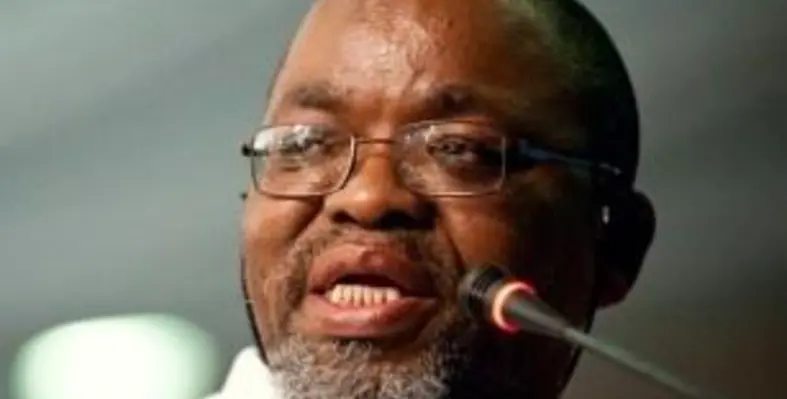In a dedicated power programme, Africa Oil and Power (AOP) 2019 puts a spotlight on South Africa, focusing on the Kwa-Zulu Natal and the Northern Cape provinces, examining petroleum exploration, gas infrastructure and IPPs
The AOP 2019 conference is hosted in partnership with the Department of Mineral Resources and Energy, the South African Chamber of Commerce and Industry and the South African Oil & Gas Alliance and will feature speakers from state-owned enterprises CEF Group, SANEDI, PetroSA, NERSA, iGas and PASA.
The Africa Oil & Power 2019 Conference and Exhibition will take place at the CTICC 1 in Cape Town, South Africa from 9-11 October.
Gwede Mantashe, minister of mineral resources and energy of South Africa and deputy minister Bavelile Hlongwa will join energy industry leaders from Senegal, Angola, Lesotho and South Sudan on stage.
Major focal point of the annual conference will be South Africa’s surge as an investment destination across the energy value chain. Following a landmark offshore discovery in February, multiple gas agreements and a record setting number of IPP projects online, Africa’s biggest energy consumer is a flashpoint for major project finance activity this year.
AOP 2019 aims to create opportunities for investment and encourage intra-Africa cooperation across the oil, gas and power sectors, through the theme #MakeEnergyWork.
The three-day AOP 2019 program will discuss major topics including the future of gas in Africa’s energy mix, exploration and production, the role of renewable energy in closing the power gap and project financing.
With a special focus on the developments in South Africa’s energy sector, AOP 2019 will cast a spotlight on the country’s exploration and production prospects, the evolution of the power sector – specifically in the Kwa-Zulu Natal and Northern Cape provinces – and unpack the country’s energy strategies expressed in the draft Integrated Resource Plan (IRP).
The draft IRP proposes to implement 46 per cent coal-generated power, 16 per cent gas, 15 per cent wind, 10 per cent solar PV, six per cent hydro, four per cent pumped storage, 2.5 per cent nuclear and one per cent concentrated solar power and plans to supply an estimated 20,000MW of the additional 29,000MW electricity the country needs by 2030.
Although the IRP remains to be finalised, the country is already seeing moves by public and private sector actors towards some of the plans expressed in the draft IRP.
On its shift towards clean power, the Renewable Energy Independent Power Producer Procurement Programme (REIPPPP) will continue to be instrumental in the country diversifying its energy mix, having already brought online 102 IPP projects from the four bid windows and more than US$17.5bn in investments.
A prime example of an initiative making energy work, the REIPPPP has created over 38,000 jobs and contributed generously to the national grid through projects including the country’s largest concentrated solar IPP project, the 100MW Kathu Solar Park in the Northern Cape, the 135.8MW Cookhouse Wind Farm in the Eastern Cape and the 135.5MW Gounda Wind Farm in the Western Cape.
Resolute to find an energy solution that will meet the country’s needs, Minister Mantashe told members of parliament last month that the IRP would be finalized by September, and explained that “It is a summary of what we must do and gives us a framework to our approach to energy. We can’t lobby for any technology over the other. Our preoccupation is energy supply and security.”
In 2018, the AOP conference featured the participation of Karén Breytenbach, South Africa’s former Head of the Department of Energy’s Independent Power Producer Office and Hon. Jeff Radebe, South Africa’s former Minister of Energy.





